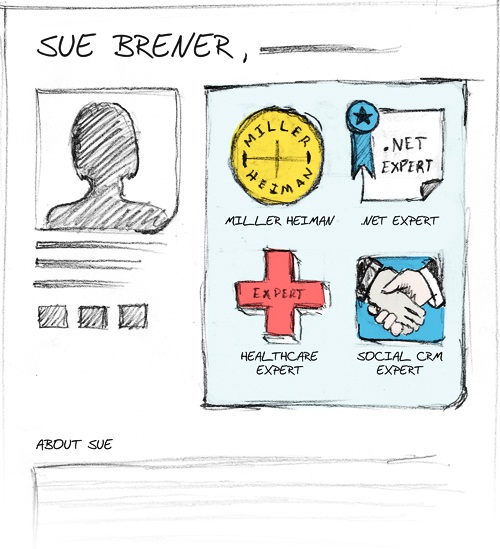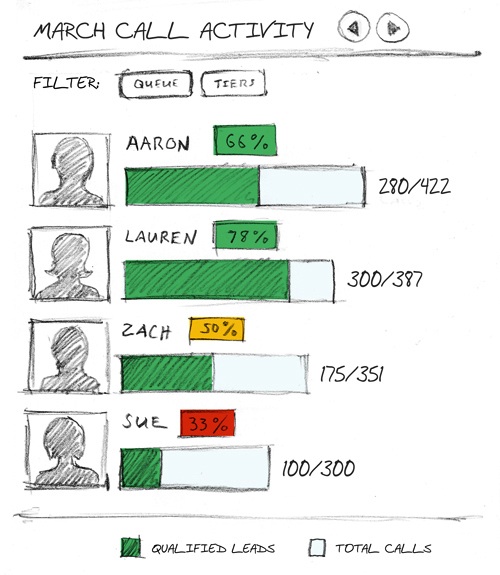Via: The Software Advice Blog - Game On! Can Playing (Serious) Games Drive Adoption of Sales Force Automation
The following article was written on 3/18/2011 by Lauren Carlson, CRM Market Analyst, over at Software Advice.
Recently, there’s been a lot of research in the area of gamification: the process of adding gaming elements to a non-gaming activity to encourage action and participation. In fact, the first Gamification Summit took place in January this year in San Francisco. Experts in the fields of game mechanics and engagement science met to discuss how to use gaming elements to solve business problems.
That got me thinking, could gamification improve the adoption of sales force automation (SFA) software? It seems logical that gaming elements would appeal to sales people – a notoriously competitive bunch – and get them more engaged with the software.
Below are just three ideas I brainstormed with our designer, Russel. At a minimum, they are meant to be food for thought.
I. Training Badges
II. Data Quality
Data cleanliness is a persistent issue in SFA systems. Incomplete or duplicate records are a common occurrence. In this example, the system is able to measure the level of record completion and duplication for each user. It also displays the average number of days since they have updated their records. With this kind of display, data cleanliness stays top-of-mind for users. You will also notice that each user’s profile is colored red or green according to performance. They are also ordered based on that metric. This taps into the reps’ competitive nature, encouraging them to stay in the green and move up in the ranks. This simple addition of gaming mechanics turns a repetitive, menial task into a challenge.
III. Outbound Calling Intensity
The more you call, the more you close. No one loves it, but it’s absolutely necessary. In this example, users’ total calls and qualified leads for the month are tracked in a graph. This visualizes each rep’s performance relative to their peers. Users can actually see their progress and make decisions on what they need to do to reach their monthly quota. At the top, you will notice a tab for tiers. If you ranked every sales person in your organization based on the same metrics, you would have the “newbies” going up against the sales vets, which would be an unfair match-up. With the tier option, users will only see themselves in comparison to other team members at their level. This provides a more accurate ranking, and keeps sales reps motivated at every level.
About Lauren Carlson
Lauren writes about various topics related to CRM software, with particular interest in sales force automation, marketing automation, and customer service. She has a background in the music industry, and when she isn't writing about software, you can find her running at Town Lake and singing at local venues. She is a graduate of the University of Texas with a bachelor's degree in journalism.
About Lauren Carlson
Lauren writes about various topics related to CRM software, with particular interest in sales force automation, marketing automation, and customer service. She has a background in the music industry, and when she isn't writing about software, you can find her running at Town Lake and singing at local venues. She is a graduate of the University of Texas with a bachelor's degree in journalism.


